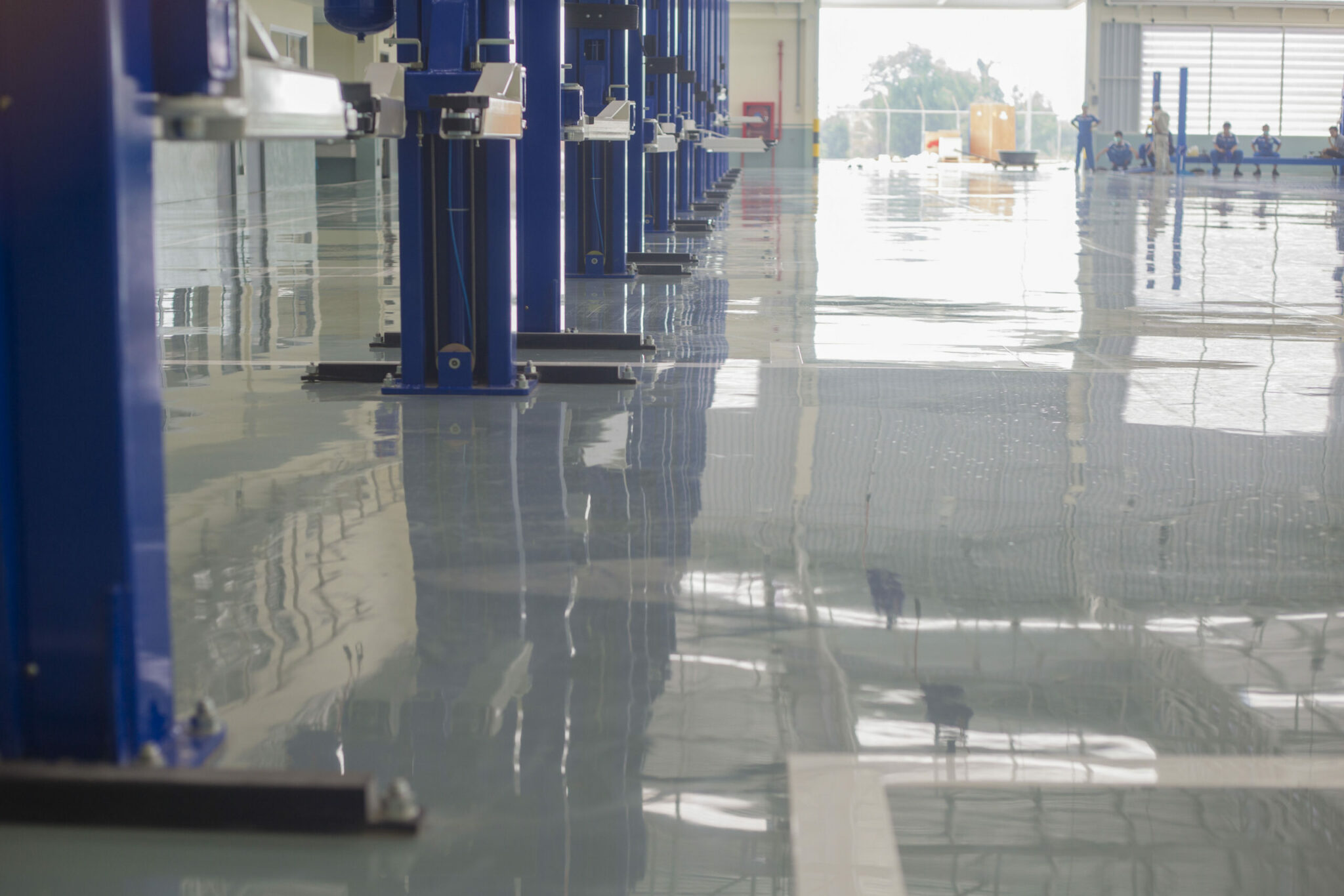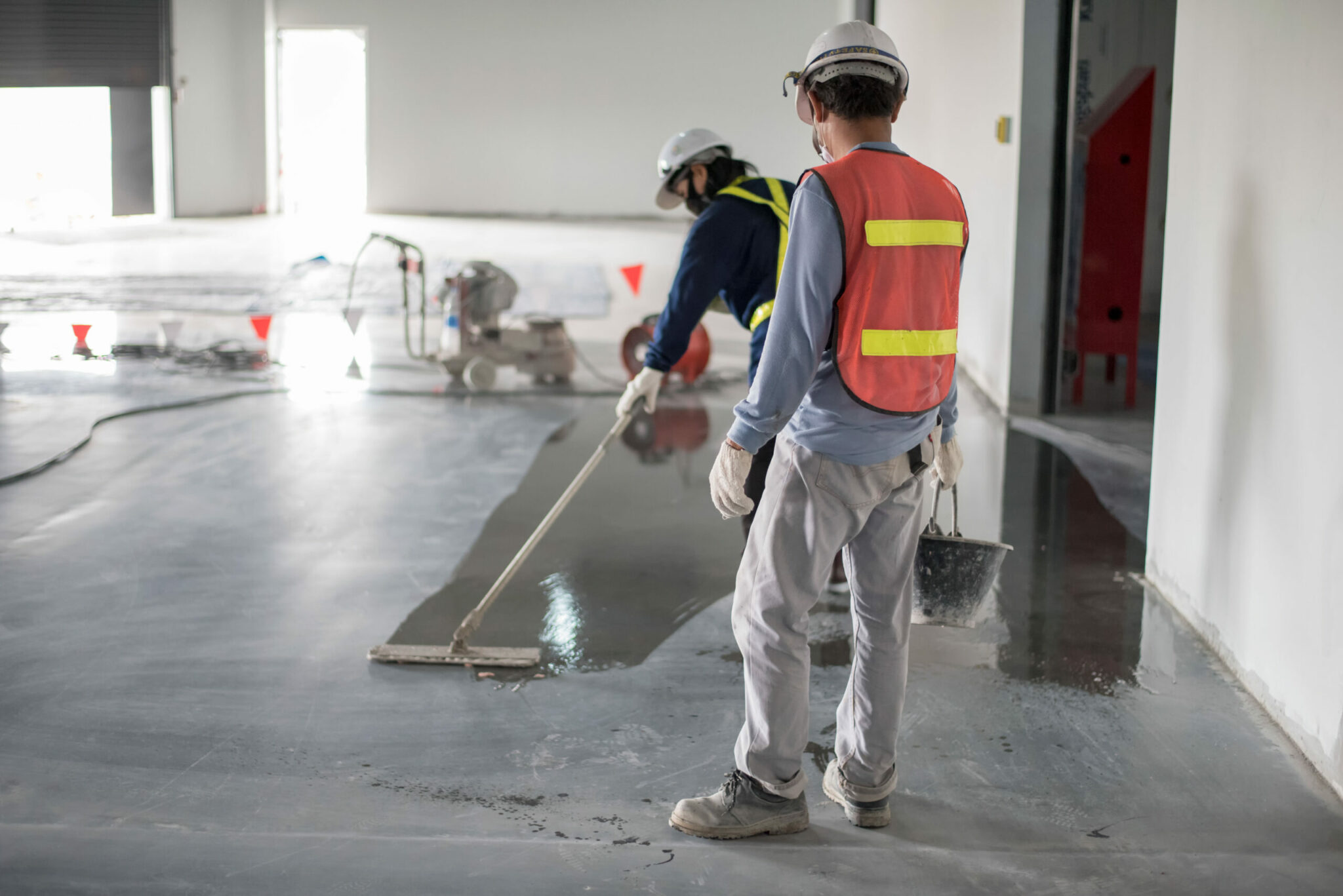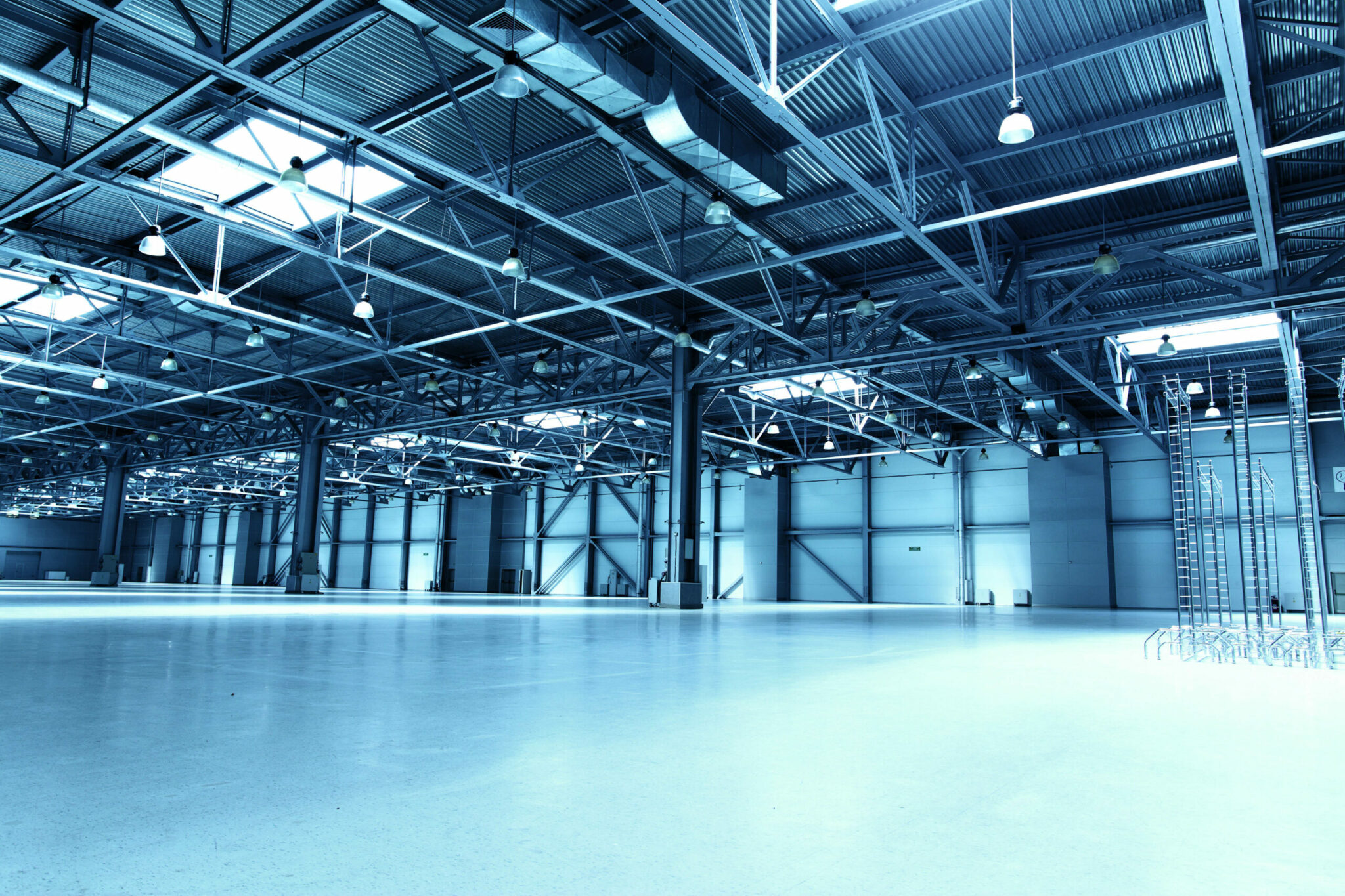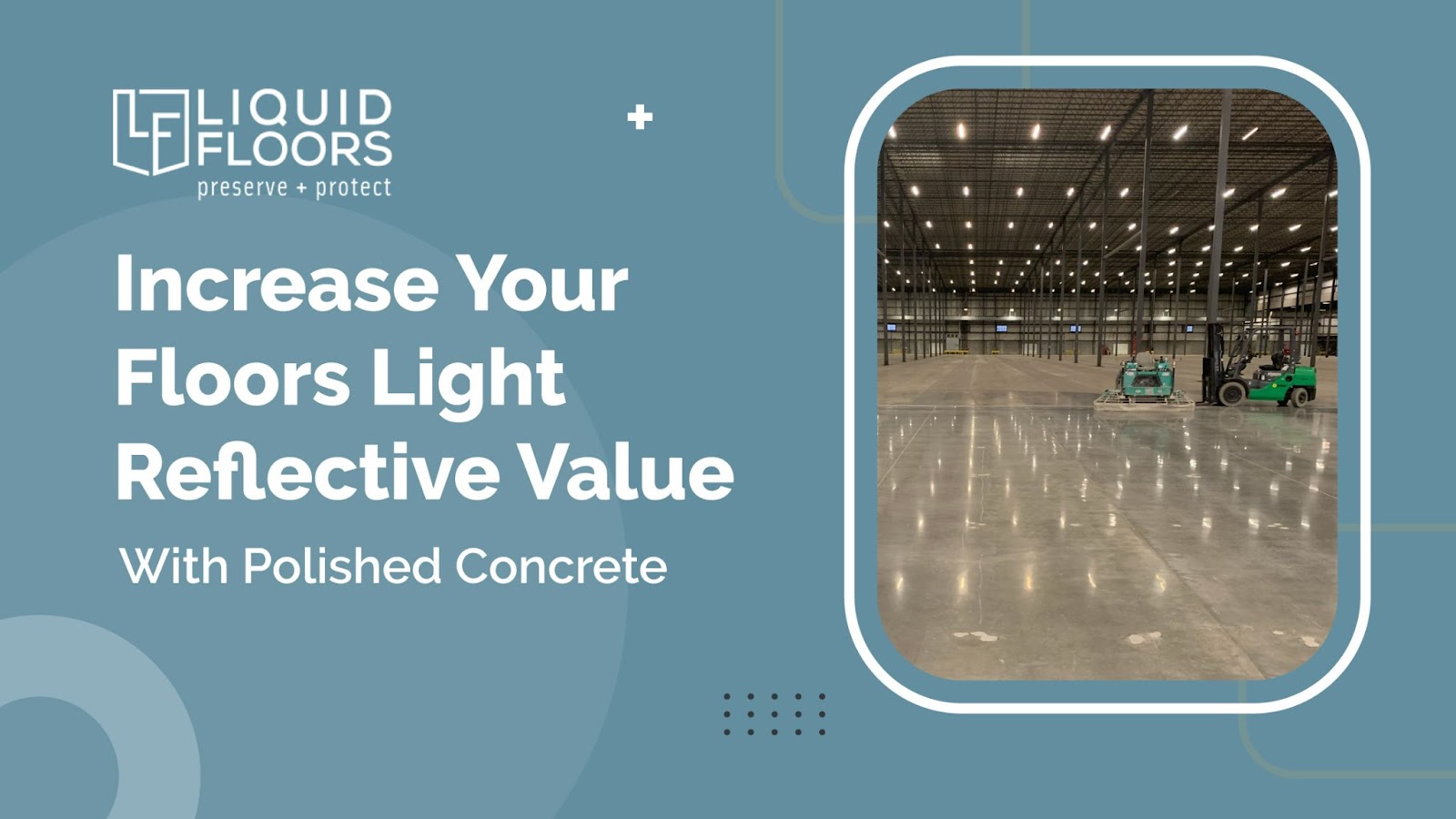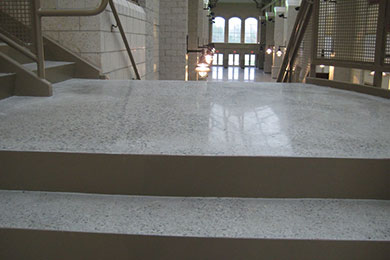 One of the best features of polished concrete is that it is easy to care for and resistant to spills. During the installation process, the surface of the concrete floor is ground down to remove imperfections and blemishes. Chemicals are then used to harden the surface of the concrete and make it spill resistant. Unlike wood or a more porous tile flooring, polished concrete gives you more time to address a spill before damage occurs. However, it is not impervious to liquids.
One of the best features of polished concrete is that it is easy to care for and resistant to spills. During the installation process, the surface of the concrete floor is ground down to remove imperfections and blemishes. Chemicals are then used to harden the surface of the concrete and make it spill resistant. Unlike wood or a more porous tile flooring, polished concrete gives you more time to address a spill before damage occurs. However, it is not impervious to liquids.
Time Is of the Essence: Addressing Spills Quickly
Standing liquids left to puddle on the floor for extended periods of time will damage the floors. Water puddles will leave rings or marks on the flooring, much like the rings you might see left behind on a wooden coffee table. Harsh liquids such as solvents, soft drinks, vinegar or corrosive acid based liquids may eat away at the floor’s protective finish. Left untreated, these liquids will continue to damage the floor even after the affected spots feel dry to the touch. These untreated spills may discolor the floor, reduce shine, and even damage the underlying concrete.
Institute a Spill Protocol
In this case of spills, an ounce of prevention is worth a pound of cure. Regular maintenance and prevention are the keys to having beautiful floors that last for years. If repeated spills are dealt with promptly, the damage to the floor from repeated spills should be minimal. If possible, use preventative measures to avoid spills in the first place or to contain them in a spill-prone area. When a spill occurs, follow this protocol to deal with it:
- Cordon off the area with safety materials immediately. Spills can create fall hazards.
- Follow manufacturer’s recommendations for removing the spill. This may include a mixture of clean, warm water and a specialized cleaning solvent that is PH neutral. Harsh cleaning chemicals will damage the floor’s protective coating leaving the floor vulnerable to future spills.
- Repeat as necessary to ensure complete removal of the spill.
- Allow the floor to completely dry before removing safety signage and allowing foot traffic to resume.
The reality of industrial flooring is that spills happen. The frequency of repeated spills factors less into your floor’s longevity than the time it takes your maintenance team to respond to and clean up a spill. For help with your concrete floors, contact Liquid Floors for a free consultation.

